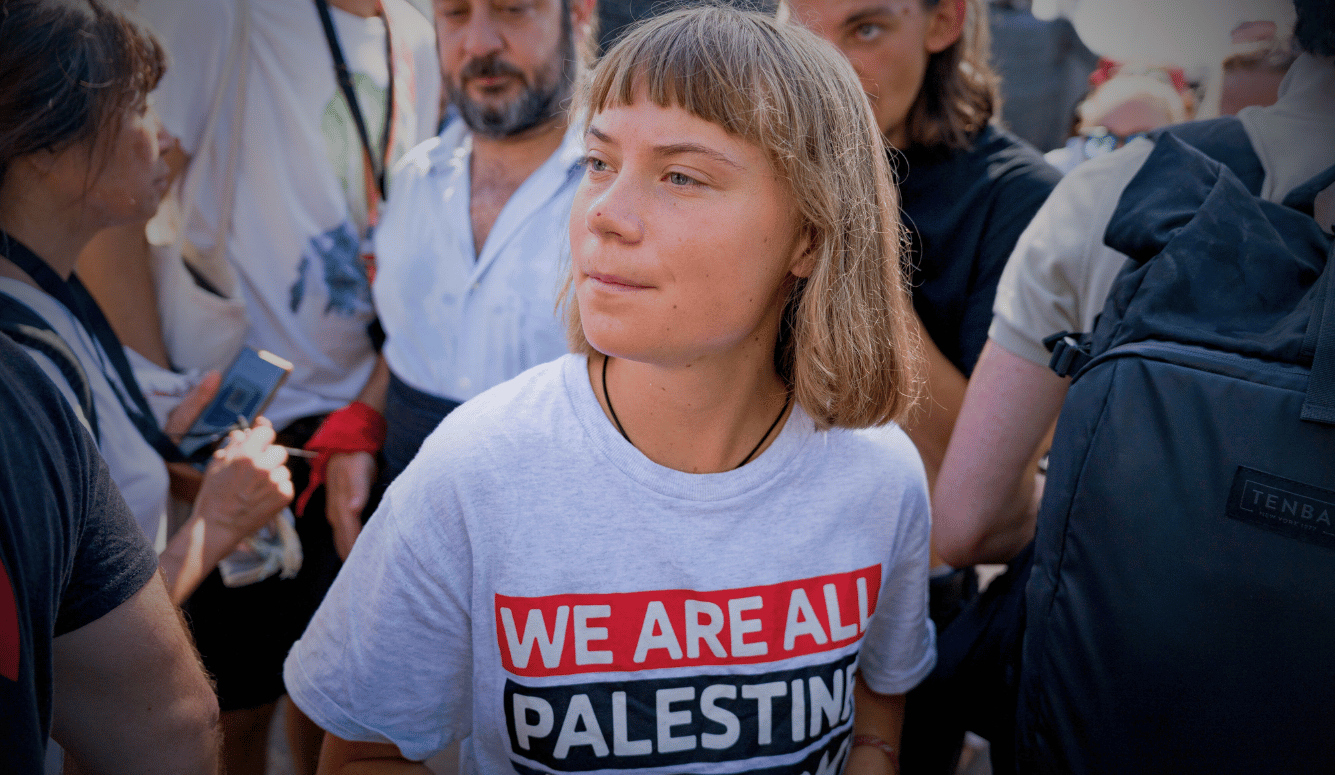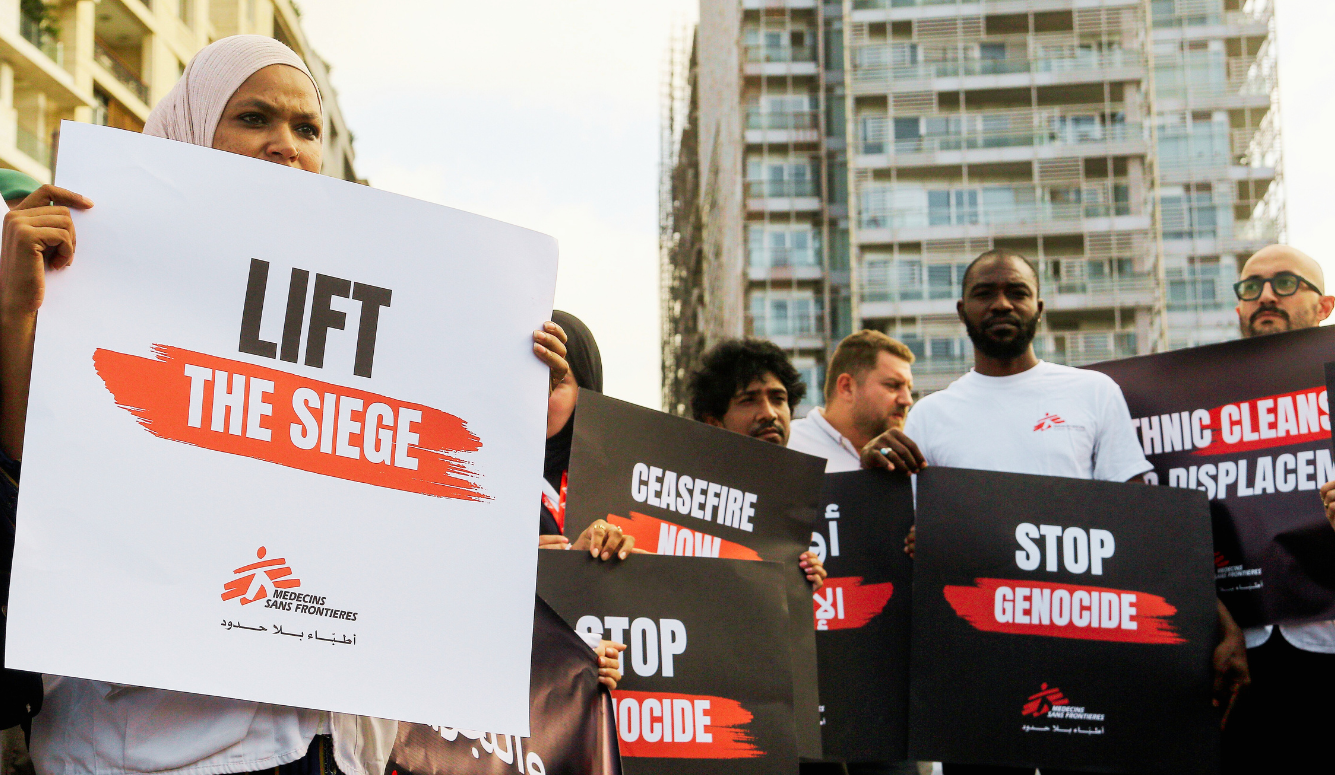Gaza
All at Sea
Greta Thunberg’s sailing trip to Gaza was a confused piece of activist theatre of a kind that is sadly very much in vogue.

Today’s activism often resembles the performance of a ritual. Voyages, marches, and slogans stand in for strategy. In this climate, sailing through the Mediterranean for social-media applause while chanting anti-Israel slogans has become a fashionable gesture. Reckoning with the reality of the war that Hamas started on 7 October 2023 is far less fashionable. The so-called Sumud Flotilla—“Sumud” means steadfastness in Arabic—is the latest iteration of this pattern of Western activists staging symbolic acts of defiance that garner attention rather than bring any concrete relief to the victims they are supposedly designed to help.
Such boats carry cameras and very little cargo—a few boxes of medical supplies or canned food at most, nowhere near the scale of the truck convoys that actually deliver aid through official crossings. The point isn’t to meet anyone’s material needs but to sail into a war zone as an act of defiance, a kind of political theatre in motion, and to get arrested and deported by Israel.
At the centre of the media storm around this latest voyage is Greta Thunberg. In her earlier years as an activist, Thunberg refused to fly to climate conferences, traversing the Atlantic on a sail boat to avoid carbon emissions. Now she has crossed the Mediterranean on diesel-powered vessels—not once this year, but twice. Did her earlier pronouncements actually matter to her? Are they rendered invalid simply because she is now angry with Israel? Or is it all just a pantomime, a series of vacuous stunts performed with her signature frown for the cameras, fuelled by emotive narratives that shift with the winds of current outrage?
Much modern activism rests on the conviction that emotion is proof of virtue, that the stronger the feeling, the truer the cause. Outrage is brandished as a moral credential, compassion as a kind of performance art.





